New Study Shows Fish Endure Excruciating Pain For Minutes When Caught
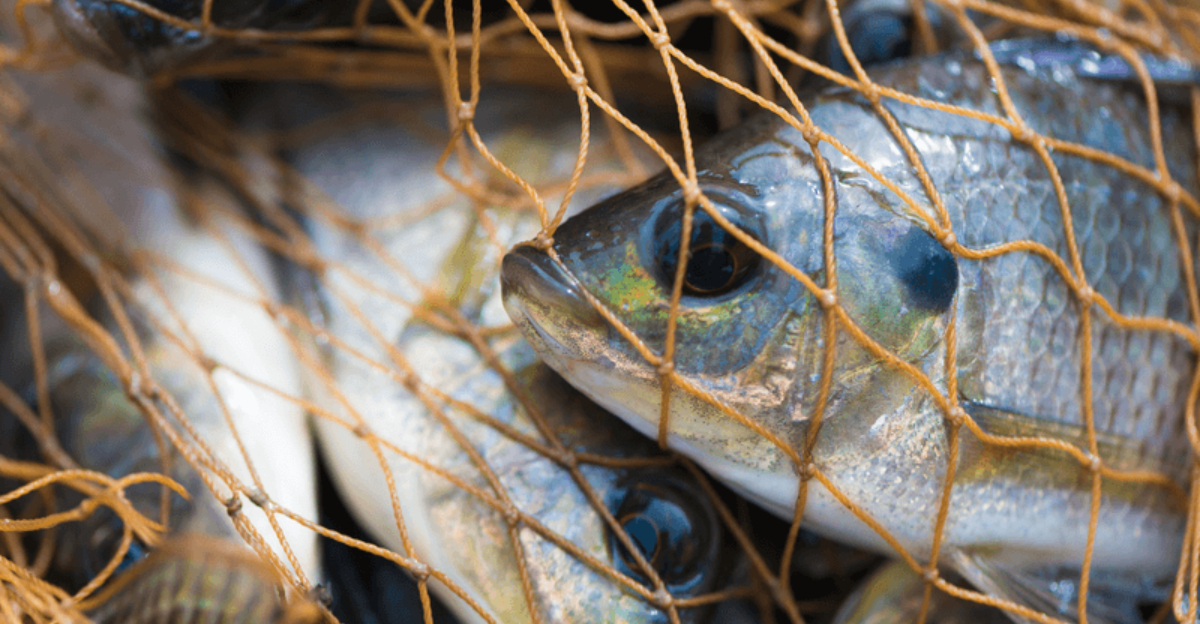
For years, people believed fish couldn’t feel pain. Recent scientific research has shattered this myth completely.
A groundbreaking study reveals that fish don’t just feel pain – they experience excruciating suffering for minutes when caught on hooks or trapped in nets.
This discovery changes everything we thought we knew about fishing and seafood consumption.
1. Fish Feel Pain Like Humans: The Evidence
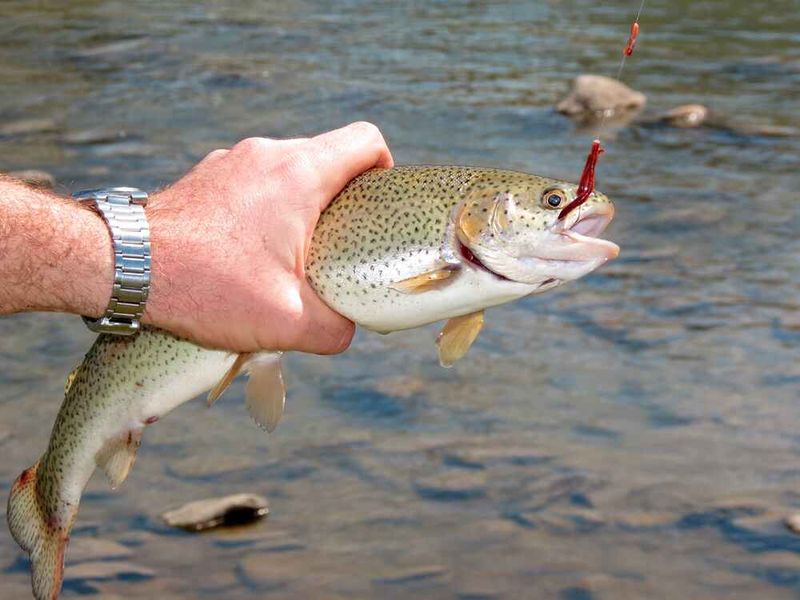
Scientists have discovered fish possess the same pain receptors humans have. These specialized nerve endings send signals to their brains when they’re injured, creating genuine suffering – not just automatic responses.
Lab experiments show fish will avoid places where they previously experienced pain, proving they remember and learn from painful experiences. Their brain activity during injury mirrors patterns seen in mammals experiencing distress.
When researchers injected bee venom into fish lips, the animals showed decreased activity, rocked back and forth, and rubbed their lips against tank walls – behaviors that stopped when given pain relievers.
2. How Fish Experience Pain

Fish brains process pain through a region called the telencephalon, which functions similarly to our cerebral cortex. When hooks pierce their mouths, the sensitive tissue filled with nerve endings sends urgent distress signals throughout their bodies.
Unlike the quick death we might imagine, caught fish often struggle for 30-60 minutes while suffocating in air. Their gills collapse without water, creating a sensation comparable to drowning in reverse.
Research shows stress hormones flood their systems during this time, creating a physiological panic response that continues until death finally comes.
3. Fish And Pain: More Than Just A Reflex
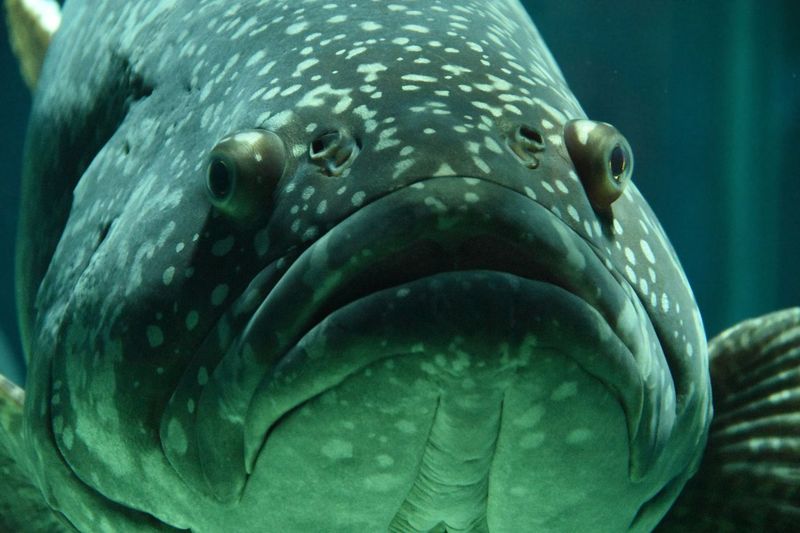
The old belief that fish merely react to stimuli without feeling pain has been thoroughly debunked. Fish exhibit complex pain-avoidance behaviors that go far beyond simple reflexes.
When injured, they show decreased appetite, altered swimming patterns, and increased breathing rates – all classic signs of distress in vertebrates. Some species even produce sounds when in pain that other fish recognize as distress calls.
Most telling is how fish will trade off other needs to seek pain relief. They’ll swim through unfavorable water temperatures or avoid food sources if those areas are associated with previous painful experiences.
4. Fish Suffer Before Slaughter
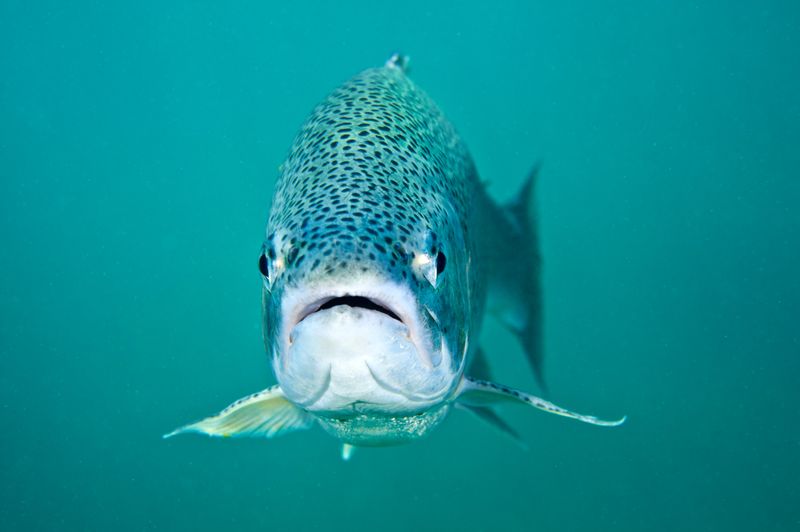
Commercial fishing methods expose fish to prolonged suffering before death. Trawling nets crush fish together for hours, causing injuries, stress, and slow suffocation as oxygen levels drop.
In slaughterhouses, many fish remain fully conscious while being gutted. Without proper stunning methods, they experience every cut. Their heart continues beating long after their bodies are sliced open.
Even farmed fish face painful deaths. Investigations reveal many are simply left to suffocate on ice, a process that can take up to 15 minutes of conscious suffering as their bodies slowly shut down from lack of oxygen.
5. The Long Painful Decline Of Fish In Fishing
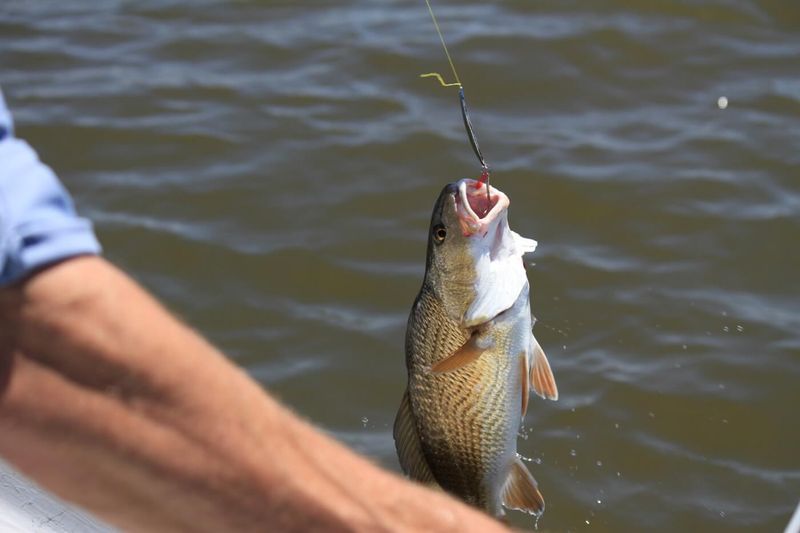
Hook-caught fish endure a multi-stage trauma. First comes the sharp penetration of the hook, tearing through sensitive mouth tissues packed with pain receptors. Many anglers don’t realize this initial injury often damages the fish’s ability to feed later.
The fight against the line creates extreme physical stress. Fish exhaust themselves struggling, building up lactic acid that burns their muscles – similar to how your muscles ache after intense exercise.
Finally, being removed from water causes their gills to collapse. Imagine having your lungs suddenly unable to process oxygen while being handled by a giant predator – that’s the reality for every fish caught.
6. No ‘Screams’ Doesn’t Mean No Pain
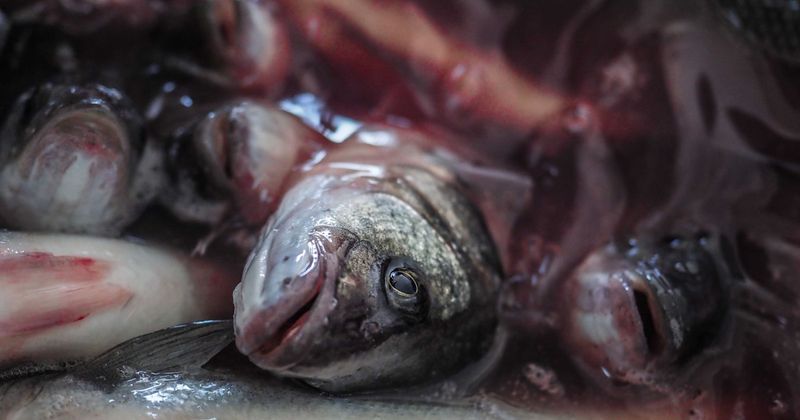
Fish lack vocal cords to scream, but their silence doesn’t indicate painlessness. Their bodies tell the story through rapid breathing, erratic movements, and color changes when injured.
Scientists measuring stress hormones in fish blood find levels skyrocket when they’re hooked or netted. These hormones – cortisol and adrenaline – are the same ones that flood human bodies during traumatic experiences.
Fish also release alarm pheromones into the water when injured, warning others of danger. This sophisticated communication system evolved specifically because fish feel pain and want to help others avoid it – a behavior that wouldn’t exist if they couldn’t suffer.
7. Nociceptors: How Fish React To Injury
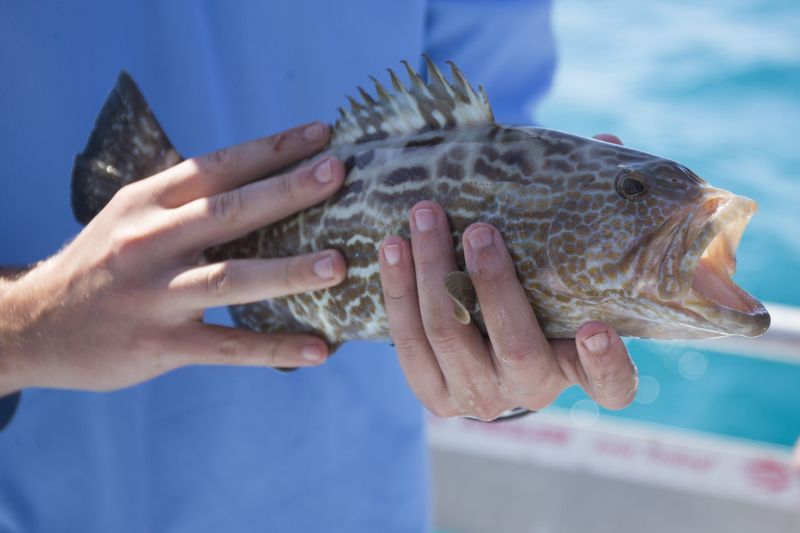
Nociceptors – specialized pain-sensing nerve cells – cover a fish’s body, with especially high concentrations around their mouths and heads. When triggered by injury, these cells fire signals to the brain faster than we can blink.
Fish don’t just register damage; they prioritize healing injured areas. Scientists tracking behavior after controlled injuries observed fish protecting wounded parts by changing swimming patterns and avoiding contact with objects.
The fish brain processes these signals in regions associated with emotional responses, not just physical reactions. This means fish don’t just detect injuries – they experience the emotional component of pain that makes suffering so unbearable.
8. Understanding Fish Pain Through New Frameworks
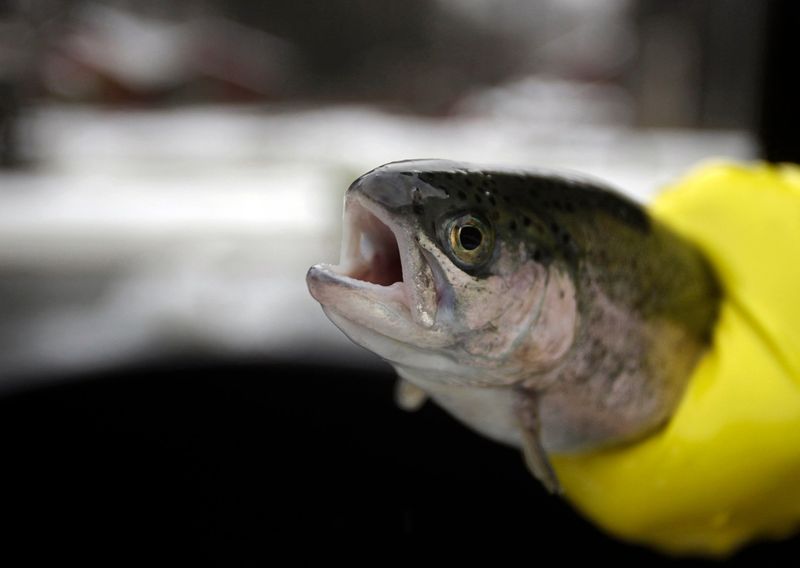
Modern research uses evolutionary biology to understand fish pain. Since pain helps animals avoid danger, it evolved early – long before mammals appeared. Fish have had over 450 million years to develop sophisticated pain systems.
Brain scans reveal fish process pain in similar neural pathways to mammals, despite having different brain structures. When injured, their brains light up in regions associated with emotional processing, not just physical sensation.
Scientists now evaluate pain through behavioral changes rather than self-reporting. Fish show all the same responses to pain that mammals do: avoidance learning, protective behavior, and seeking relief – the universal language of suffering across species.
9. How Air Asphyxia Causes Pain To Fish
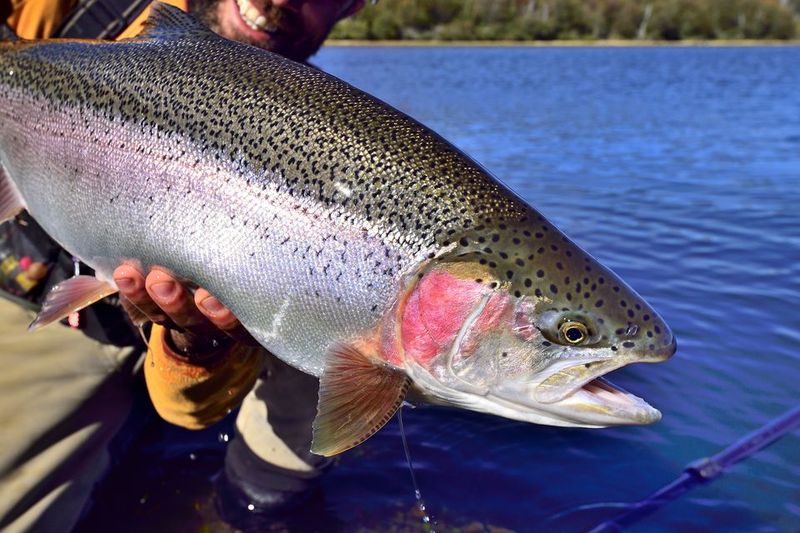
When fish are pulled from water, their gills – delicate structures designed to extract oxygen from water – collapse and stick together. Each breath becomes increasingly difficult as they desperately try to pull oxygen from air their bodies aren’t designed to process.
Blood oxygen levels plummet while carbon dioxide builds up, creating a burning sensation throughout their bodies. Their hearts race to compensate, often beating three times faster than normal.
Fish brains remain conscious long into this process, sometimes for 15+ minutes depending on species and temperature. The entire time, they experience what researchers compare to the panic and pain of a human drowning – except in reverse.
10. The Forgotten Suffering Of Fish In Seafood
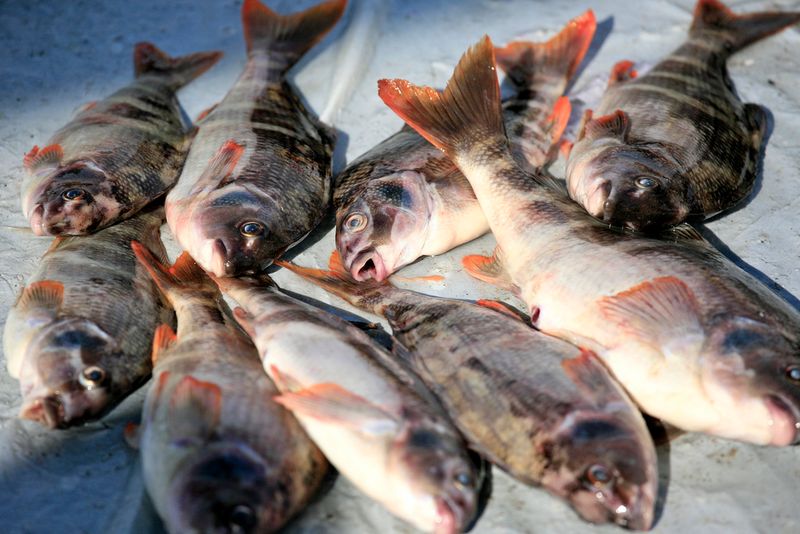
Behind every fish fillet lies an untold story of suffering. Commercial fishing methods like bottom trawling crush fish together for hours, causing injuries and slow suffocation as they’re dragged through the ocean.
For many species, death comes slowly. Cod can remain conscious for up to 2 hours on ice. Tuna, with specialized warming systems in their bodies, take even longer to die when their temperature drops.
Even “sustainable” fishing methods often involve prolonged suffering. Line-caught fish may struggle for 30+ minutes before being landed, experiencing extreme stress and physical exhaustion that floods their bodies with pain signals until they’re finally killed.
11. Rainbow Trout: Proof Fish Remember Pain
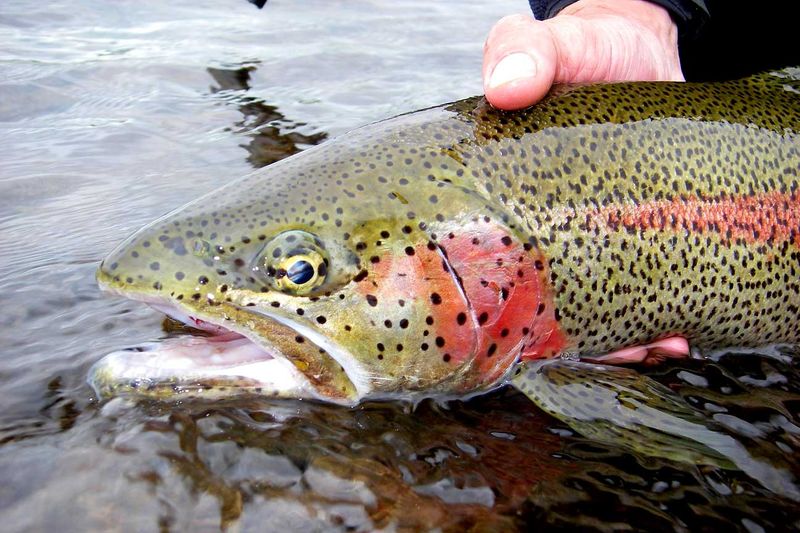
Rainbow trout have revolutionized our understanding of fish pain. In landmark studies, researchers injected mild irritants into trout lips and observed their behavior change dramatically for nearly 3 hours.
The fish rocked back and forth, rubbed their lips against tank walls, and stopped eating – all classic pain responses. Most importantly, they avoided returning to areas where they’d experienced pain, even months later.
When given painkillers, these behaviors disappeared completely. This proved the fish weren’t just reacting automatically – they were experiencing pain and seeking relief. Their ability to remember and avoid painful situations demonstrates cognitive awareness of suffering beyond simple reflexes.
12. Why Humane Fishing Practices Are Needed
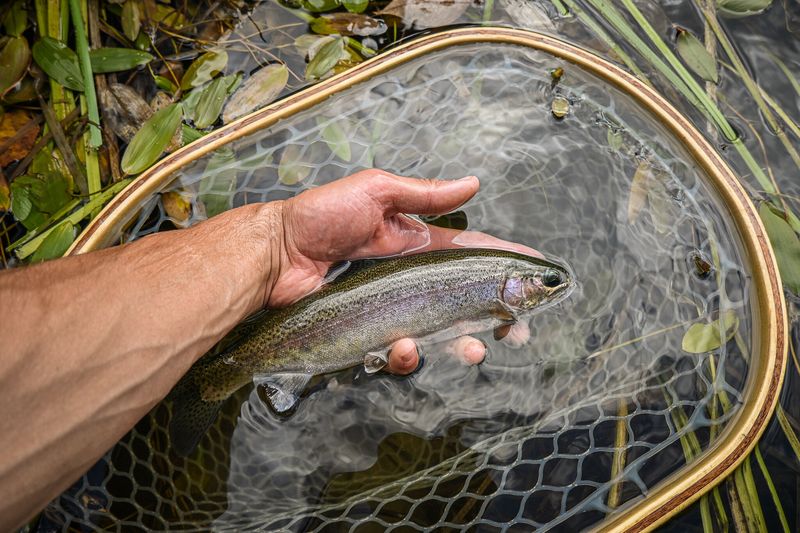
Humane fishing isn’t just possible – it’s necessary given what we now know about fish suffering. Simple changes like barbless hooks reduce mouth tissue damage and make release less traumatic. Keeping fish in water during unhooking prevents the panic and pain of gill collapse.
For commercial fishing, stunning methods that instantly render fish unconscious before slaughter drastically reduce suffering. Some European countries now require these practices by law.
Quick killing techniques like ikejime – a Japanese method that destroys the brain instantly – prevent the minutes of suffering most fish endure. As consumers become aware of fish pain, demand for these humane practices will likely grow.






